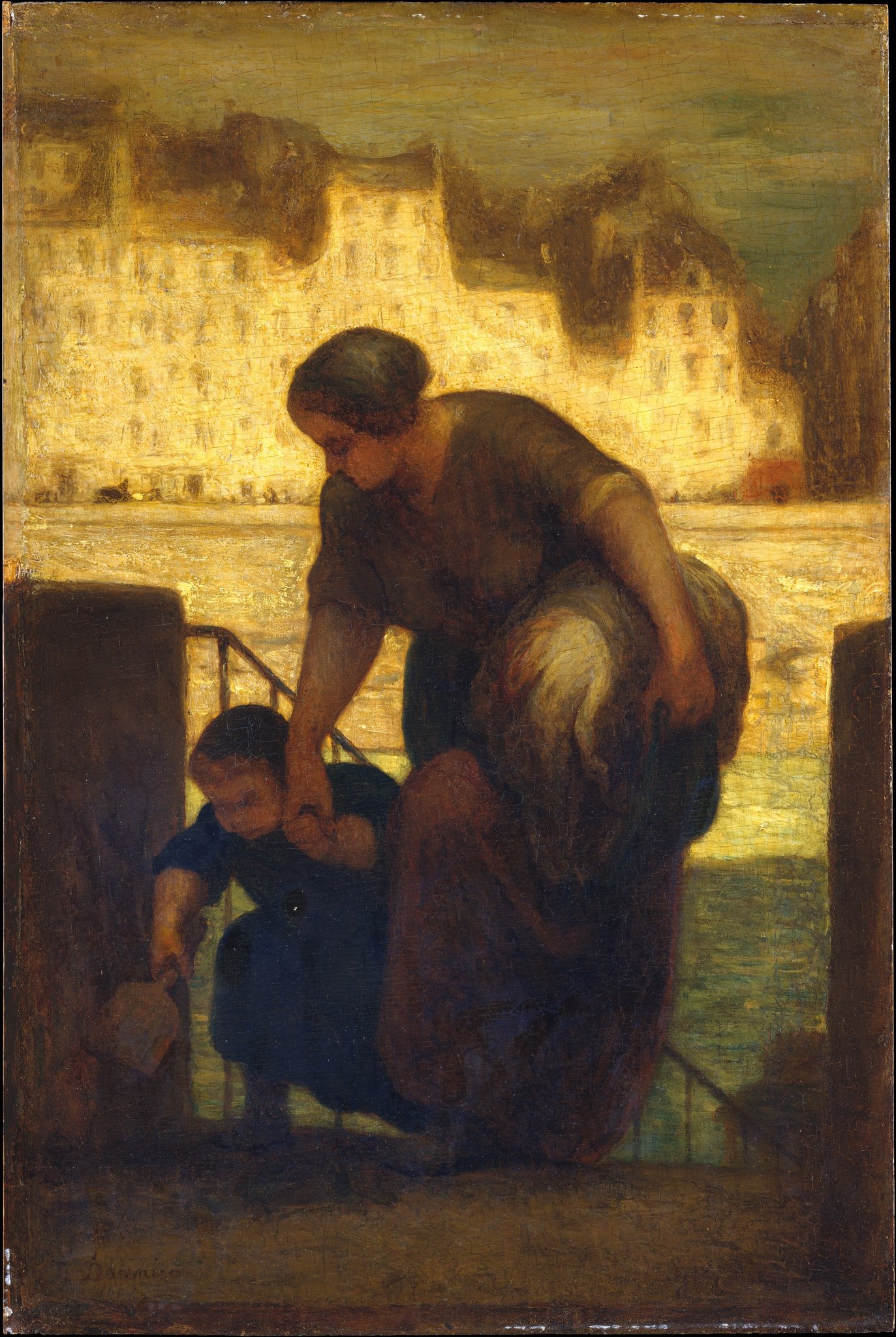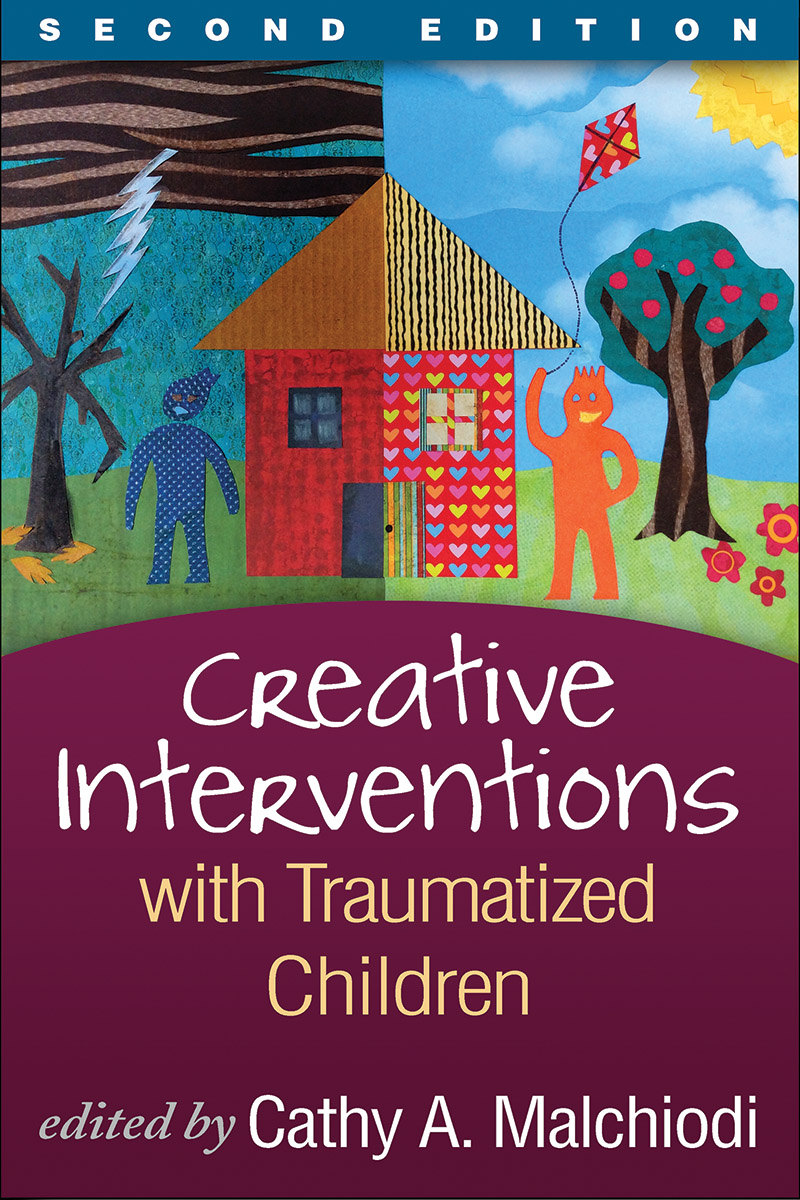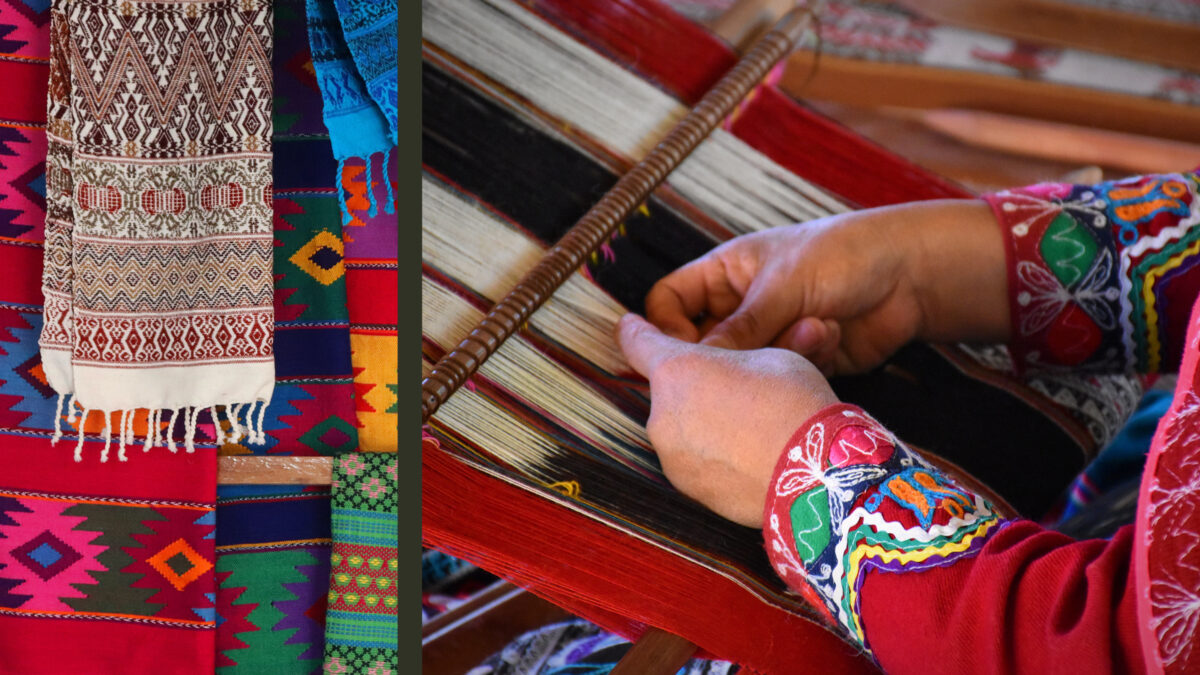The Magic of Ephemeral Art: The Importance of Creating without Expectations of Permanence
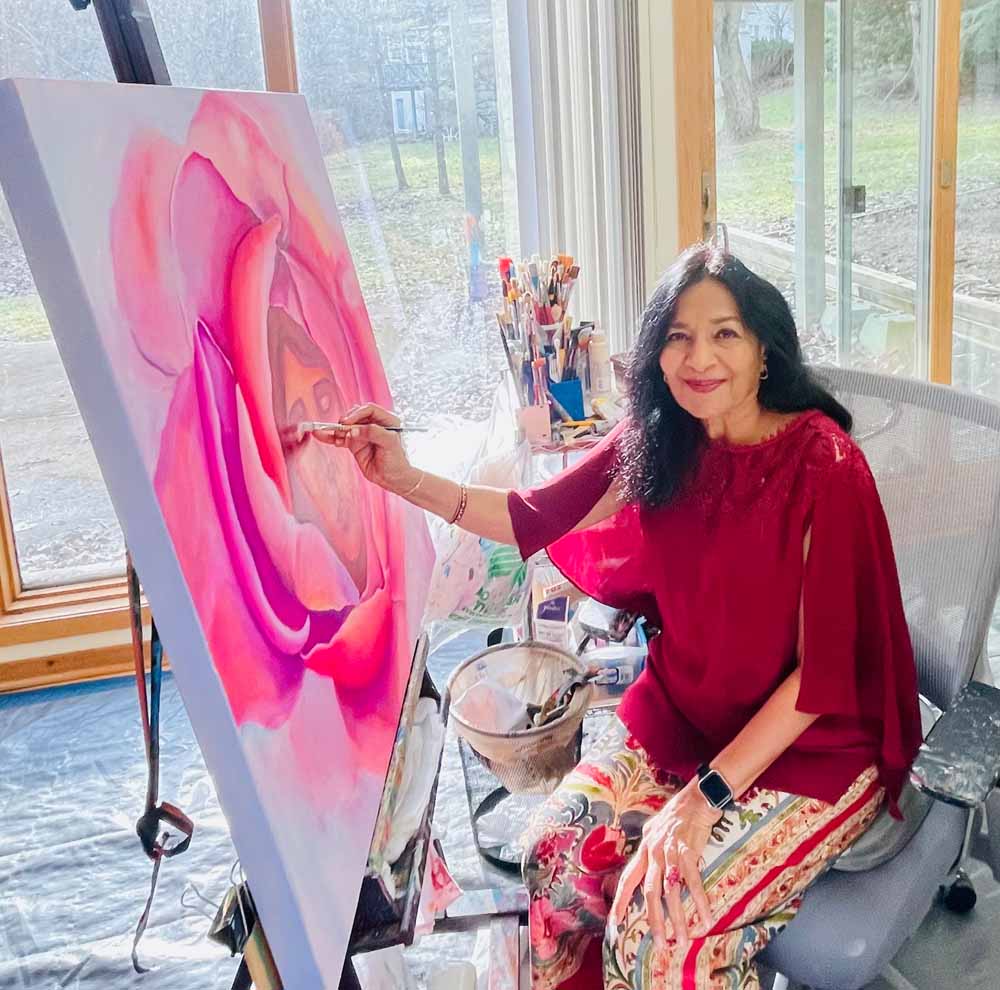
Understanding the Allure of Ephemeral Art
Art has an extraordinary ability to reflect the transient beauty of life and experiences. Ephemeral art stands at the forefront of this expression, embracing impermanence as its core characteristic. This art form compels both creators and audiences to interact with it in a truly distinctive manner. The term “ephemeral” itself implies temporary existence, making it a fascinating exploration of creativity that can manifest in various forms, such as:
- Sand sculptures that gracefully dissolve with each incoming tide or gust of wind, renowned in destinations like the annual Sand Sculpting Festival in Cannon Beach, Oregon.
- Ice carvings that captivate onlookers during winter festivals, only to vanish as the sun rises higher in the sky, leaving just a memory of their elegance.
- Temporary murals that brighten city landscapes, such as those found in urban art festivals, showcasing the talent of various artists for only a season before being washed away or painted over.
These artworks evoke contemplation and stir deep emotions, challenging our traditional perceptions of what constitutes art and its cultural significance. By embracing the ephemeral, artists free themselves from societal pressures of longevity, allowing a greater emphasis on the journey of creation rather than the product itself. This paradigm shift leads to:
- An intensified focus on the creative process, where artists can experiment freely, often leading to innovative techniques.
- The palpable thrill of spontaneity, where unexpected outcomes can lead to surprising beauty and creativity.
- A deeper avenue for personal expression, enabling artists to convey raw emotions and thoughts without the constraints of mainstream acceptance.
The fleeting nature of ephemeral art serves to heighten the appreciation of the present moment. Each interaction with these works becomes a reminder of life’s transient beauty, prompting audiences to engage with their surroundings in a profound way. Rather than merely observing art, viewers become participants in a shared experience, fostering connections that are meaningful yet transient.
In an era increasingly fixated on longevity and permanence, the exploration of creating without expectations found in ephemeral art provides a refreshing escape. By stepping away from the pressures of lasting success, artists can unlock their full potential, leading to groundbreaking works that encourage society to cherish each moment and connection. This shift not only enriches the artistic realm but also cultivates an environment of acceptance and meaning, making the ephemeral not just art, but a vital commentary on the nature of existence itself.
DIVE DEEPER: Click here to uncover the benefits of music therapy
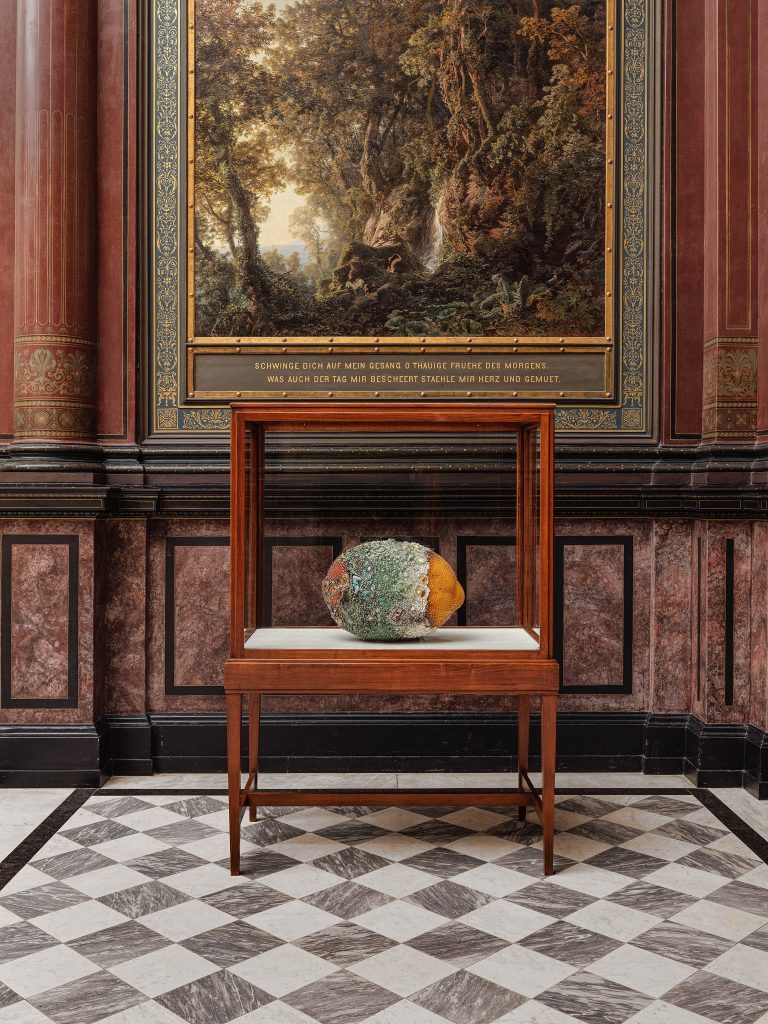
Exploring the Transformative Power of the Ephemeral
Ephemeral art invites us to venture beyond the confines of traditional artistic frameworks and challenges the concept of permanence in art. This inherent quality of transience elevates the entire experience, encouraging artists and audiences alike to savor the beauty of the moment. By engaging with art that won’t last, we are reminded of the fragility of creation and the preciousness of time. Ephemeral art encompasses not only visual expressions but also encompasses emotional connections and community interactions that have the power to transform our environments and ourselves.
To appreciate the significance of creating without the burden of permanence, it is essential to delve into the different forms of ephemeral art and recognize their unique attributes:
- Living Art Installations: These are dynamic environments that change over time as they become part of their surroundings. Gardens that are cultivated and allowed to grow, decay, or evolve demonstrate the intricate dance between art, nature, and time.
- Street Performances: Spontaneous or planned live art events, such as flash mobs or guerrilla theater, disrupt the ordinary flow of urban life. They create fleeting experiences that can unite communities in unexpected ways.
- Food Art: The culinary world has also embraced the concept of ephemerality, with chefs creating intricate dishes as edible art. These tantalizing designs are meant to be enjoyed and not preserved, emphasizing the vitality and immediacy of the dining experience.
The process of creating ephemeral art often leads to uncharted territory in artistic expression. By letting go of the expectation for their creations to withstand the test of time, artists can explore new materials and techniques. This pursuit can yield an array of unexpected beauty, from the intricate details of sandcastles that briefly dwell on the beach to the collaborative spirit of chalk murals that are washed away by a sudden rainfall.
In many ways, the temporary nature of these works mirrors life itself, which is marked by moments that are vibrant yet fleeting. The realization that nothing lasts forever can usher in a deeper appreciation for the present. It encourages individuals to engage authentically with their surroundings, prompting an awareness that can inspire both personal reflection and communal connections.
Moreover, the practice of creating ephemeral art cultivates a sense of acceptance towards imperfection. Instead of striving for flawless execution with lasting impact, artists can view the act of creation itself as a journey of exploration and discovery. This perspective not only diminishes the pressure to produce “successful” art but also fosters an atmosphere where creativity flows more freely, leading to groundbreaking expressions.
Ultimately, the allure of ephemeral artistry transcends mere aesthetics. It touches on philosophical themes of existence, reminding us that our experiences, like art, can be both profound and momentary. By engaging with this art form, we become fellow participants in a shared narrative, exploring the beauty of temporality in a world often obsessed with permanence.
| Advantages | Insights |
|---|---|
| Freedom of Expression | Ephemeral art encourages artists to explore their creativity without the pressure of permanence. |
| Connection to the Present | Creating art that is temporary enhances mindfulness and appreciation of the moment. |
| Environmental Awareness | Ephemeral art often uses natural materials that are biodegradable, promoting environmental sustainability. |
| Encouragement of Community Engagement | These projects often involve public participation, fostering a sense of community and shared experience. |
The allure of ephemeral art lies in its transience, inviting both creators and spectators to embrace the beauty found in the here and now. Artists often relinquish conventional views of success and permanence when they engage in these works, leading to newfound innovation and risk-taking in their practice. This art form instills a deeper connection with nature and its cycles, as many ephemeral works utilize materials such as sand, ice, or flower petals. Furthermore, creating within a framework of ephemeral art often results in a profound sense of satisfaction regardless of the outcome, as the process itself becomes the focal point.In addition, projects that engage the public mobilize communities and promote collaborative experiences. This communal aspect inspires dialogue, connection, and ownership of artistic endeavors that resonate with broader social themes. Through such interactions, individuals can reflect on their own perceptions of art and its relevance in contemporary society. By understanding how the importance of creating without expectations of permanence shapes artistic expression, readers can embark on a journey that respects the beauty of fleeting moments and the creative processes involved.
DIVE DEEPER: Click here to uncover the significance of manual skills
Embracing the Impermanence: The Intersection of Art and Experience
The beauty of ephemeral art lies not only in its fleeting nature but also in the new narratives it creates. As it often exists in unconventional spaces — from public parks to urban rooftops — ephemeral art becomes a dialogue between the artist’s vision and the audience’s lived experiences. This accessibility invites a broader base of participation, drawing people from different backgrounds, ages, and cultures into a shared moment of discovery and engagement.
Consider the annual Burning Man festival in the Nevada desert, a prominent event that celebrates ephemeral art in the most extraordinary way. Artists create massive installations and sculptures intended to be experienced and then ceremoniously burned to the ground. This act of destruction serves as a powerful reminder of the cyclical nature of creation and decay, evoking reflections on impermanence in a world where many are chasing lasting legacies.
In urban settings, public art installations often encapsulate this spirit. For example, the famous “Ice Cream Paint Job” by artist J. C. Rivera showcased a vibrant mural made of colorful ice cream. As the city’s climate and environment gradually deteriorate the mural, it remains a momentary flash of cultural commentary, turning decay into an integral aspect of the artwork’s life cycle. Such works challenge artists to make socio-political statements rooted in the moment, fomenting conversations around community engagement and environmental awareness.
Furthermore, ephemeral art can foster innovation within artistic practices. Artists are increasingly experimenting with digital media and technologies, creating virtual installations that exist only in the digital realm. Projects like the “Lost in the Desert” by artist Too Many Doves used augmented reality to construct a fantastic desert landscape that could be viewed and interacted with through smartphones. This innovative approach connects audiences to ephemeral experiences that can spark curiosity and wonder, allowing the public to observe the art in real-time, further enhancing its immediacy and impact.
The importance of ephemeral art also extends to educational settings. Institutions such as the Museum of Contemporary Art in Chicago have introduced programs that invite students and community members to participate in the creation of ephemeral works, providing valuable lessons in collaboration, resilience, and the creative process. By working on projects that contain no promise of permanence, participants learn to appreciate the act of making as an essential part of their artistic journey, equipping them with skills that transcend traditional artistic boundaries.
In essence, ephemeral art acts as a microcosm of our larger existential concerns, reflecting on the transitory nature of life and the inevitability of change. Artists and audiences unlock a shared understanding through vivacious moments of creation and contemplation that root our experiences in time and place. By embracing this rich tapestry of spontaneous creativity, we can explore new dimensions of connection, awareness, and authenticity that are often obscured in the pursuit of lasting legacies.
DISCOVER MORE: Click here to dive into the world of landscape photography
Conclusion: The Enduring Impact of Fleeting Art
In a world that often celebrates permanence and lasting achievements, ephemeral art invites us to embrace the transient, revealing the profound beauty in fleeting experiences. By creating without the pressure of sustainability, artists unlock innovative avenues for expression and engagement, fostering a communal spirit that transcends traditional boundaries. The unique interactions sparked by ephemeral works, whether at large-scale events like Burning Man or intimate public installations, encourage diverse communities to come together, sharing a moment that resonates with their collective consciousness.
Moreover, the intersection of art and technology, such as through digital and augmented reality projects, demonstrates how ephemeral experiences can resonate significantly in our digitally-driven society. These approaches not only amplify the impact of creative expression but also invite broader participation, especially among younger, tech-savvy audiences seeking immediate connections. Educational initiatives further highlight this paradigm, instilling valuable lessons in collaboration and resilience, showcasing how the act of creation itself, rather than the end product, can be a transformative experience.
Ultimately, ephemeral art serves as a powerful reminder of life’s impermanence, sparking crucial conversations about existence, identity, and community. In recognizing the fleeting nature of our experiences, we cultivate a deeper appreciation for the present moment, inspiring us to find joy in creation without the weight of expectation. As we look ahead, let us continue to explore and celebrate the magic of ephemeral art, for it is within these transient moments that we uncover the most meaningful connections and reflections on our shared humanity.
